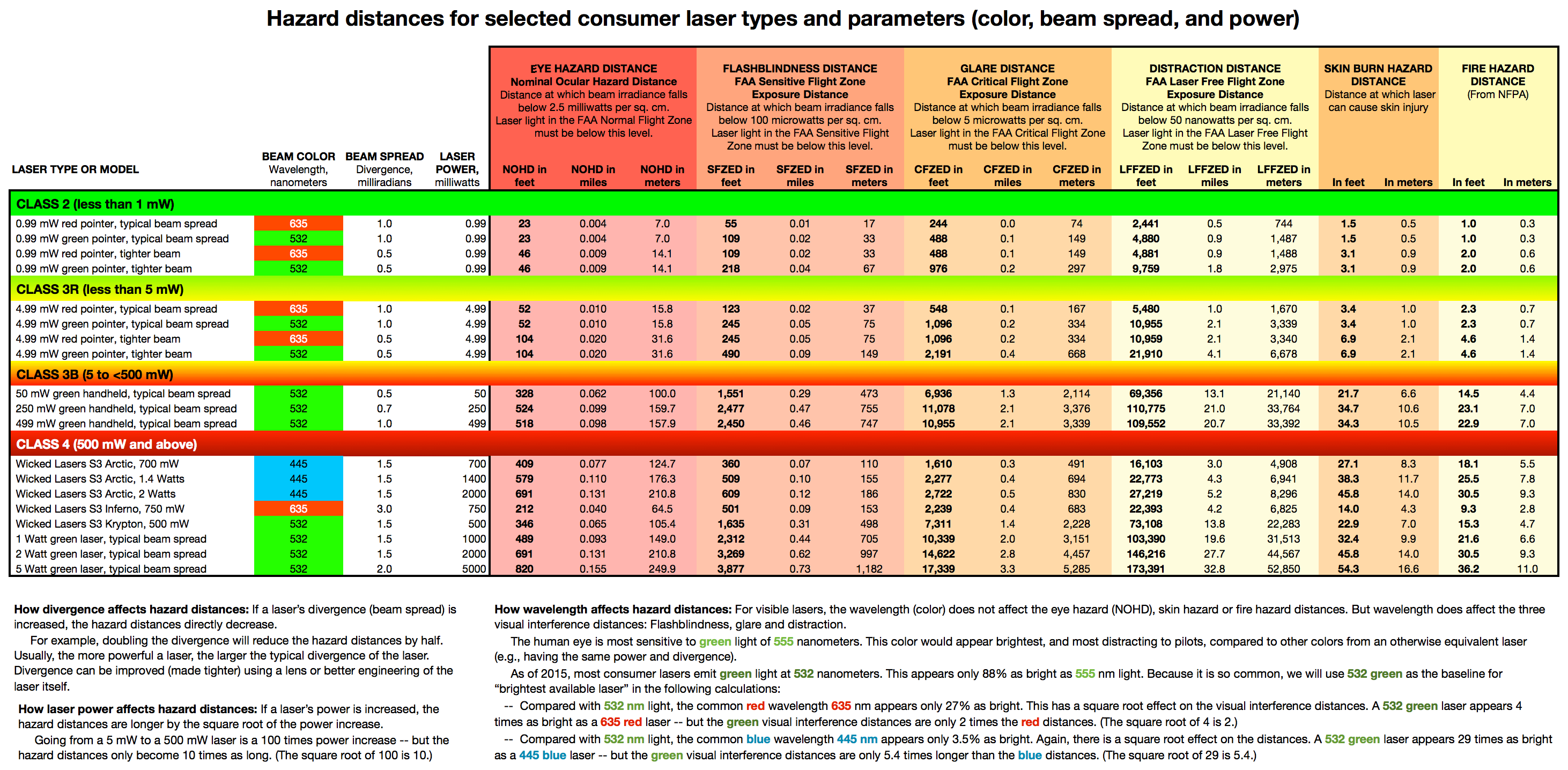

That amount is larger for tightly focused beams. Some amount of divergence is unavoidable due to the general nature of waves (assuming that the light propagates in a homogeneous medium, not e.g. Note, however, that the divergence angle in the figure appears much larger than it actually is, since the scaling of the x and y axes is different.Ī low beam divergence can be important for applications such as pointing or free-space optical communications.īeams with very small divergence, i.e., with approximately constant beam radius over significant propagation distances, are called collimated beams they can be generated from strongly divergence beams with beam collimators. The half-angle divergence of a Gaussian laser beam is defined via the asymptotic variation of the beam radius (blue) along the beam direction. based on the spatial derivative of the beam radius, but that is not common.) Figure 1:

(In principle, one could define a local beam divergence e.g. Note that it is not a local property of a beam, for a certain position along its path, but a property of the beam as a whole. The beam divergence (or more precisely the beam divergence angle) of a laser beam is a measure for how fast the beam expands far from the beam waist, i.e., in the so-called far field. How to cite the article suggest additional literature Encyclopedia > letter B > beam divergence Beam Divergenceĭefinition: a measure for how fast a laser beam expands far from its focus


 0 kommentar(er)
0 kommentar(er)
